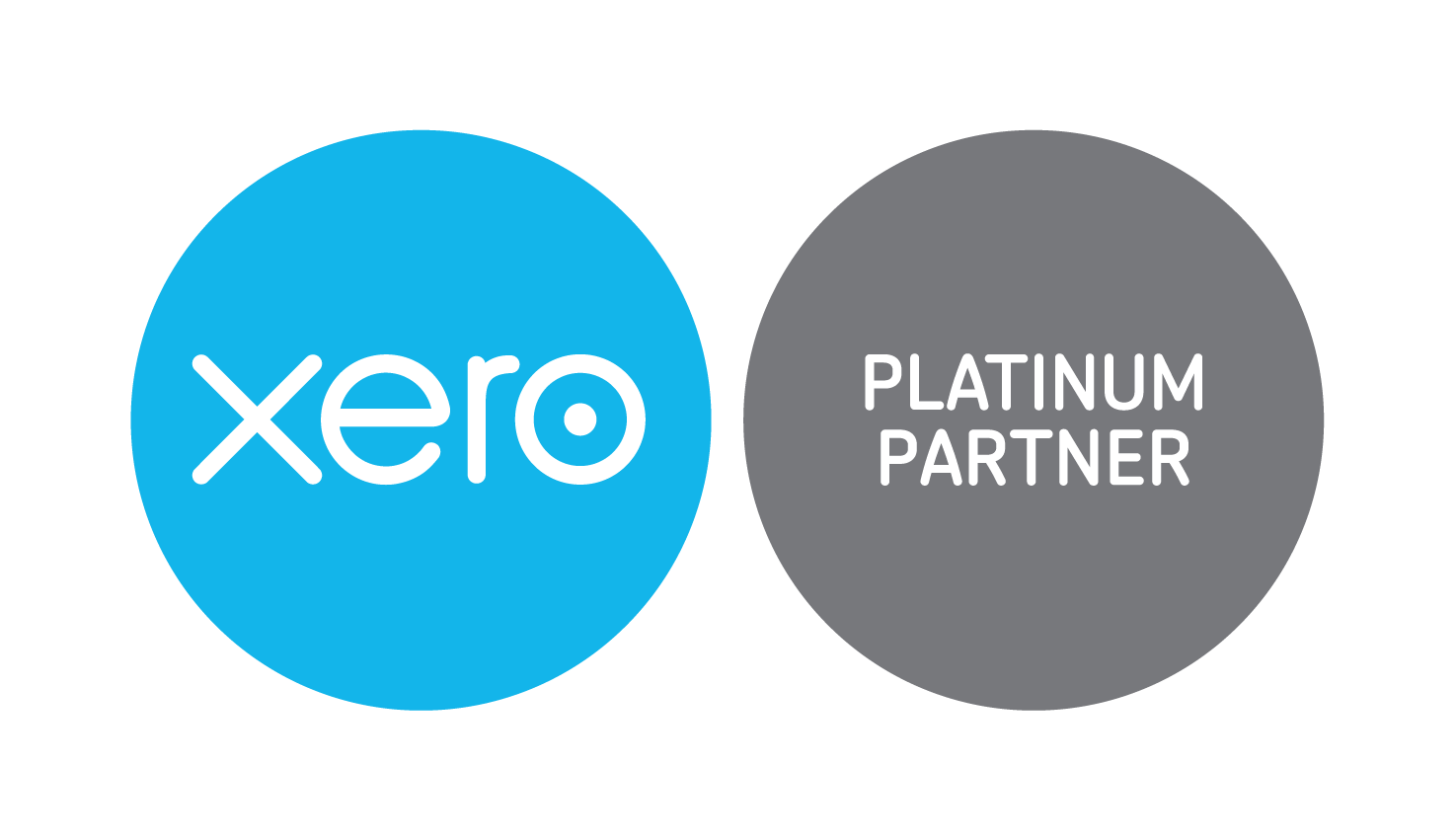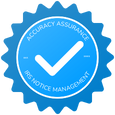
What is Payroll? Step-by-Step Guideline
Payroll is the process of paying your employees correctly and on time. It includes tracking hours, calculating pay, withholding taxes, and issuing payments. Whether you own a coffee shop or a large company, payroll keeps your team paid and your business compliant.
Check here: Best and Reliable Payroll Services in Florida, US
What Does Payroll Include
Payroll covers
-
Employee wages and salaries
-
Bonuses and overtime
-
Tax withholdings
-
Benefit deductions
-
Employer tax payments
-
Payroll reporting to government agencies
Step-by-Step Payroll Process
Payroll involves managing all the financial records related to employee compensation. This process is important for business operations.
It involves several critical steps, determining employee wages, calculating withholdings for taxes and other potential deductions, executing employee payment transfers, and reporting all necessary information to government authorities.
Step 1: Calculating Wages
The initial step in the payroll process involves the accurate calculation of wages. This task requires a detailed assessment of the total hours worked by each employee, factored against their specific pay rates, which may vary based on their role, experience, or contract terms. It involves the other compensation components such as overtime, bonuses, commissions, and allowances.
Step 2: Withholding Taxes
Its an important component of processing payroll. This involves deducting federal, state, and local taxes from each employee's gross earnings. The process also includes withholding Social Security and Medicare contributions under the Federal Insurance Contributions Act (FICA).
Step 3: Paying Employees
Once wages are calculated and taxes are withheld, the next step is pay disbursement. Employees can be paid using traditional paper checks, direct deposits into their bank accounts, or even via newer digital payment platforms. Each payment method has its advantages and logistical considerations. For instance, direct deposit is typically effective and secure, lowering the risk of loss or theft associated with paper checks, and employees frequently prefer it for its convenience.
Step 4: Filing Payroll Taxes
The payroll process is completed by filing payroll taxes. This step involves reporting the wages paid, taxes withheld, and other pertinent payroll-related information to the relevant governmental authorities. This is usually done monthly, quarterly, or annually. Accurate and timely filing is important to avoid penalties and fines associated with late or incorrect submissions.
Tips for Efficient Payroll Management
-
Use payroll software to save time
-
Keep up with changing tax rules
-
Organize payroll records digitally
-
Set clear pay policies for employees
-
Consider outsourcing payroll
-
Review payroll reports regularly
In-House vs Outsourced Payroll
Running payroll in-house gives you more control, but it can be time-consuming. Outsourcing to payroll firms ensures accuracy, saves time, and keeps you compliant with changing laws. Many small businesses outsource once they start hiring more than five employees.
Legal payroll requirements include
-
Paying at least the minimum wage
-
Following overtime laws
-
Accurately tracking hours worked
-
Providing pay stubs where required
-
Withholding and remitting payroll taxes on time
Common Payroll Mistakes
Payroll mistakes are common, especially for small businesses that manage it manually. Here are the biggest challenges and how to handle them.
-
Complex and Changing Laws
-
Manual Processes and Errors
-
Technology and Software Integration
-
Data Security and Privacy
How Payroll Software Can Help
Modern payroll software automates calculations, tax deductions, and direct deposits. It also updates tax tables automatically and stores records securely. Tools like Gusto, QuickBooks Payroll, and ADP are popular for small businesses.
Conclusion
Good payroll keeps employees happy and your business compliant. Whether you handle it yourself or outsource to experts, consistency and accuracy make all the difference.
FAQs
1. How often should payroll be processed?
Most companies pay weekly, biweekly, or monthly. It depends on company policy and state rules.
2. What are common payroll deductions?
Federal and state taxes, Social Security, Medicare, and health or retirement contributions.
3. How can payroll errors be reduced?
Use payroll software, double-check reports, and stay updated on tax changes.
4. What happens if payroll is done incorrectly?
Fix it right away, inform the employee, and correct tax filings if needed.
5. Are employers required to give pay stubs?
Yes, in most states. They show hours, pay, deductions, and net pay.
6. What is the difference between exempt and nonexempt employees?
Exempt employees earn a salary and no overtime. Nonexempt employees earn hourly pay and get overtime for extra hours.
7. Can payroll be outsourced?
Yes, many small businesses use payroll services to save time and ensure accuracy.
Follow SKFinancial on Facebook / Twitter / Linkedin / Youtube for updates.












